A torn meniscus(MCL) is a semi-common golf injury that many golfers are prone to.
This isn’t surprising as it occurs due to the bending and twisting of the knee.
Suppose you do have a torn meniscus and are still itching to play some golf.
In that case, can you still golf with a meniscus tear?
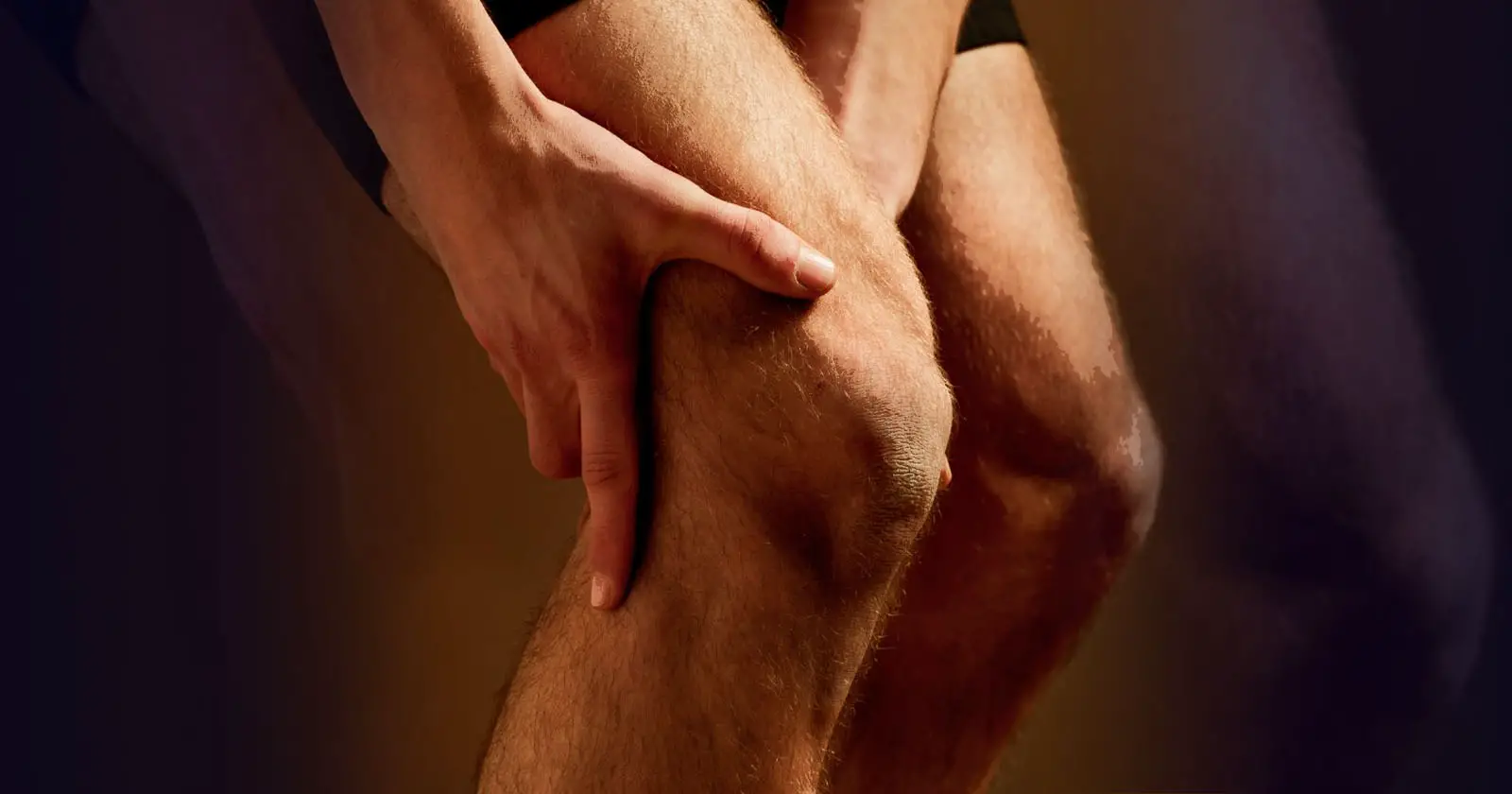
Can you play golf with a torn meniscus?
Golfers can continue to play golf with a torn meniscus, depending on the severity of the symptoms. It is generally recommended that an individual rests and receives medical treatment, whether in the form of physical therapy or surgery. Golfers can play golf after a meniscus tear repair.
There are many common golf injuries that golfers can sustain, and one of them is a torn meniscus. A meniscus tear is known as one of the two kinds of tears that can happen on the cartilage found in the knee.
As this cartilage is known as a shock absorber, it is no wonder a meniscus tear is a serious injury. We did some digging to see if it is serious enough that golfers cannot play golf once they sustain this injury.
Golf with torn meniscus
As a meniscus tear is due to traumatic injury that occurs when an individual’s knee joint is bent and immediately twisted, it comes as no surprise that golfers will have limited mobility due to not only the injury but the pain.
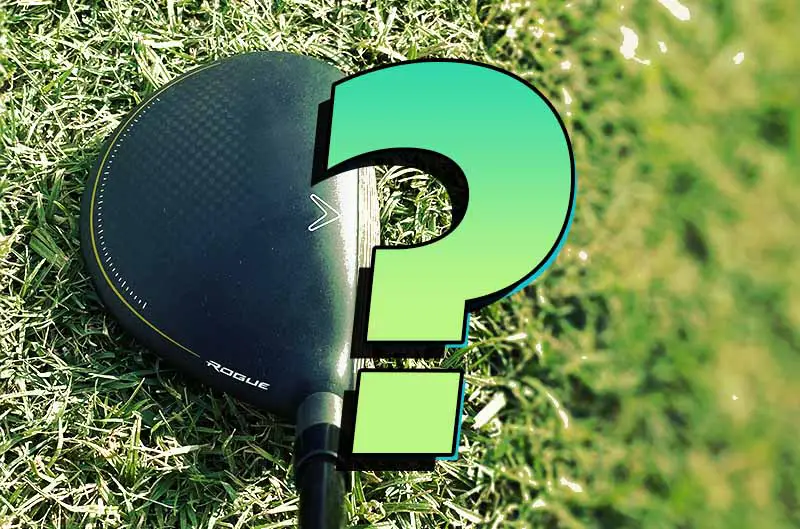
However, is the injury serious enough that golfers should avoid playing?
Some individuals typically continue playing golf if their symptoms are minimal. This is because they may not have symptoms that limit their ability to play, so it is typically okay to keep playing golf when that is the case.
However, it is quite tricky as the key with golf is the fact that it involves a swinging motion (which results in a lot of twisting of the knee). This twisting is not only what causes a meniscus tear, but it actually even aggravates the injury.
Not only that but the sharp pain and discomfort are a sign that you will need to seek medical attention. It is recommended that golfers avoid playing golf once they have sustained a meniscus tear. [1]
What treatment should golfers with meniscus tear get?
It is important to visit a sports medicine-focused orthopedic surgeon.
Typically, they are skilled at meniscus repairs. You can recover to almost new condition with the correct surgeon and physical treatment.
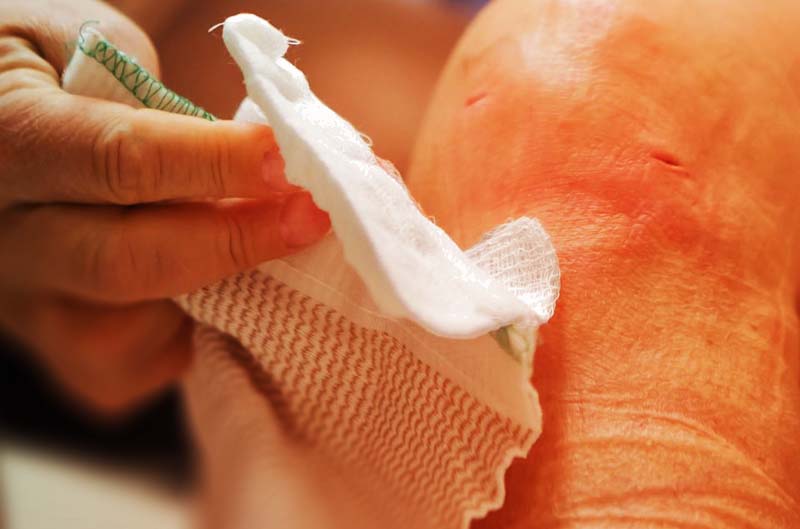
Often, surgery to repair the meniscus is required. It is an easy process. Removing the need for surgical repair will only result in additional pain and intrusive treatment.
If the tear is minor enough, arthroscopic surgery might be sufficient and preferable to a complete replacement.
Grades 1 and 2 tears can be treated carefully with physiotherapy; however, leaving the joint to recover on its own without the necessary care will not allow it to regain its mobility, flexibility, strength, or stability.
A meniscal repair procedure can be necessary for a Grade 3 injury.
To rejoin the meniscus’ edges, the surgeon applies sutures. The meniscal repair is typically the surgeon’s first choice since it will restore more usual knee function and safeguard the articular cartilage than it would if a portion of the meniscus were completely removed.
Younger individuals with menisci that haven’t deteriorated are more frequently treated with meniscal repair.
Treatment with physical therapy involves exercises, joint mobility and mobility procedures, stability and balance exercises, and walking retraining. A partial meniscectomy is an additional surgical option for treating meniscus injuries.
A partial meniscectomy involves the surgeon removing the damaged and irreparable portion of the meniscus.[1]
Can you heal a torn meniscus yourself?
A torn meniscus makes the knee unstable for weight-bearing sports like golf and significantly diminishes the knee’s capacity to stabilize joint movement. It also hurts when the knee bends.
For this reason, waiting for about 6 weeks before beginning any exercises is advised to let a non-surgical meniscus tear heal.
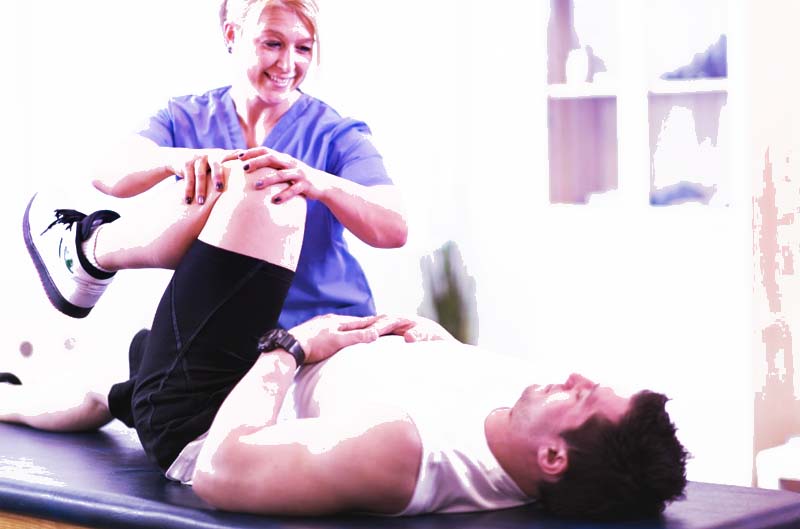
After six weeks, if the injured knee is pain-free, one can perform slow, non-weighted leg lifts.
Additionally, perform non-weighted leg curls to tone the hamstrings. Meniscal tears self-heal according to the kind of tear. This typically happens with a bucket handle tear.
It would only be advised to have knee surgery if you have a decreased range of motion, instability, excruciating pain associated with the diagnostic pathology, and if the injury-related limitations were interfering with their everyday activities.
Most often, patients should try conservative treatments like physical therapy and exercises without success before turning to surgery.
Surgery should aim to enhance the patient’s functional result beyond what may be accomplished with conservative treatment.
However, remember that the meniscus has some regions that lack blood flow and cannot be healed. Surgery could be the only solution in these circumstances.
This is because the meniscus only has blood vessels in the outermost third necessary for healing. The term red zone refers to this area. The white zone refers to the inner two-thirds of the said meniscus, which are avascular, and therefore have no blood supply.
The majority of meniscus tears that impact the white zone are not self-healing.[3]
How can a meniscal tear be avoided?
Preventing this kind of injury will require correcting your posture and swing motion. If you’re a beginner, utilizing sports insoles inside your golf shoes should help you do this.
Reduced pressure on the knee joint swinging is achieved by strengthening and training the quadriceps and hamstrings, lowering the chance of a meniscus tear. Your ability to manage your movements will increase if your muscles are flexible and well-conditioned.[3]
Can I play golf after a meniscus tear repair?

Moving and staying active are essential for healing after meniscus repair.
It is highly possible to play golf after a meniscus tear repair. PT should start as soon as two days after surgery. This will prevent the knee from locking and causing further issues.
As you recover from surgery, your physiotherapist or orthopedic doctor will recommend strengthening and flexibility exercises to help your knee regain full range of motion.
The muscles in your leg and the area surrounding the knee should be strengthened to provide stability while standing and walking to relieve pressure upon that knee tissue while it heals.
Exercises for increasing knee range of motion can be incorporated into stretching routines. Once more, the type of meniscal injury will dictate the treatment plan for your knee. You can lessen your chance of aggravating your injury by sticking to a lower-tempo golf swing as closely as you can.
The degree the knee bends when swinging the club is reduced by taking a somewhat more upright stance.
Longer-range shots and the forces generated by the knee’s natural rotation can worsen knee pain. For shorter-distance shots, such as pitching wedges and below, which are less prone to induce knee pain, think about clubbing down first.
To lessen the degree of twisting and strain on the knee in the latter phases of your swing, move the lead leg out toward the side during setup by 20 to 40 degrees. Soft spikes may lessen stresses that twist and tear across the knee.[2]
Frequently asked questions
How does a torn meniscus happen?
The medial meniscus, a C-shaped piece of cartilage, is found on the medial side of a knee. The meniscus acts as a shock absorber, helps to stabilize the knee, and joins the femur, upper leg, and tibia, lower leg, bones. It is a durable rubber-like cushion.
The posterior horn, which is a component of the medial meniscus situated in the rear of the knee and has the most shock-absorbing capability, is the most typical location for a meniscal tear.
The lateral and medial meniscus menisci can be ripped simultaneously or independently depending on the force and manner of the injury.
However, the medial meniscus, anterior cruciate ligament(ACL), and medial collateral ligament(MCL) are the most frequently injured. A meniscus tear occurs whenever the knee suddenly twists under pressure or when the foot is firmly planted on the ground.
Meniscal tears can occur in a lot of people of all different shapes and sizes. Due to the activities athletes do, they are more likely to experience meniscal tears. These dangers are present for athletes who participate in sports like basketball, golf, soccer, and football.
You also have a greater chance of hurting your knee or damaging your meniscus if you suffer from osteoarthritis.[1]
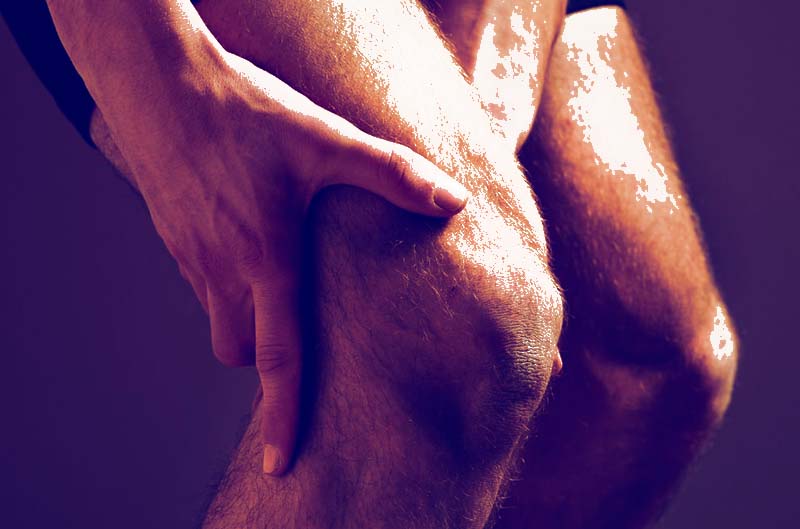
What is the most common meniscus tear?
Radial tears are the most typical kind. Since the part of the knee where this type of tear originates is not blood-supplied, it cannot heal on its own. If the tear is significant, surgery might be necessary.
The surgeon will remove the damaged portion of the meniscus in the event of a radial tear. Other common tears include a flap and bucket handle.[1]
What does a torn meniscus feel like?
The first signs of a torn meniscus are typically localized knee discomfort and swelling. Not around the kneecap, but typically on the inner or outside side of the knee. The frayed edge of an untreated meniscus tear may get stuck in the joint and cause discomfort and inflammation.
You may also experience several other knee symptoms if your meniscus has been torn. These are:
- popping feeling when you’re walking
- stiffness in the leg
- sharp pain, especially when turning or twisting your knee
- trouble fully straightening your knee
- attempting to move your knee and feel like it is stuck in place
- you experience knee instability[3]
How long does a meniscus tear take to recover?
Surgery may frequently be necessary if the tear is significant enough, and the recovery time is between 4 and 6 weeks.[2]
Will a torn meniscus show on MRI?
Yes, it will. An MRI or arthroscopy is often used to identify a torn meniscus. The latter is typically carried out in an operating theater after the receipt of an MRI.
However, some surgeons are increasingly using more compact arthroscopy equipment, such as the NanoScope, to carry out diagnostic knee arthroscopy mostly in the office and circumvent the obstacles frequently connected with getting an MRI.[1]
Is a torn meniscus painful?
Meniscus tears can be crippling and agonizing. The discomfort may not be severe at first. Even if you’re injured, you might still play. Your knee will likely increase in pain once the inflammation takes hold.[1]
Can I make my torn meniscus worse?
Walking on the injured leg can exacerbate your symptoms, leading to faster onset of pain and stiffness. Without adequate care, the injury can keep worsening as it won’t heal by itself.
For instance, a partial tear could deteriorate more until it becomes a full tear.[3]
What aggravates a torn meniscus?
Sports that necessitate your knee to twist or rotate may irritate your torn meniscus. Stay away from any activity or sport that places too much strain on your knee.[3]
Does a torn meniscus require surgery?
Fortunately, a torn meniscus does not need surgery. However, your doctor may advise surgery to get rid of the damaged section or repair it if the meniscus is torn.
Your doctor might also suggest surgery to fix the damage if your symptoms continue after three months or if they become severe.
You might not require surgery if your doctor’s examination reveals that your meniscus tear is minor, which in this cases injury is generally a Grade 1 or 2. Keep in mind that surgery may be necessary to repair some meniscus tears so that the knee can move normally again.[2]
So what are we to make of all this?
As can be seen, you can still continue to play golf when you have a meniscus tear.
It all depends on how severe the symptoms you experience are.
However, it is highly recommended that golfers avoid playing golf once they sustain this injury. This is to avoid aggravating the injury or even making it worse.
Furthermore, once you sustain a meniscus tear, it is wise to consult a qualified knee doctor before continuing to play and even after surgery or repair.
Follow us on Twitter at https://twitter.com/wolfitgolf and let us know how your golf game fairs after a torn meniscus.